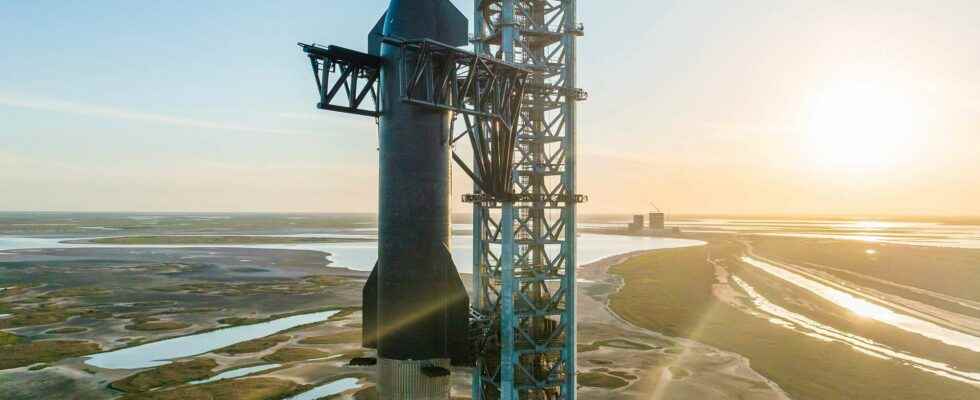The FAA, the federal aviation agency that regulates private launches in the United States, has completed its study on the environmental impact of activities related to the Starship program at the Boca Chica site in Texas. If it wants to obtain a flight license for its Starship, SpaceX will have to implement 75 measures to mitigate its impact. It’s good news.
For several months, SpaceX had been waiting for the conclusions of the FAA study which assessed the potential environmental impacts of activities associated with the Starship/Super Heavy program at the Starbase site in Boca Chica, Texas.
Last night, the FAA released its findings. If the American agency did not identify any significant risks and impacts on the environment, it nevertheless ordered SpaceX to implement a series of 75 measures in order to mitigate the environmental “damage” that the Starship program could cause. Several documents relating to this study have been published, including the summary of the environmental assessment and the details of the measures.
If the conclusions of this report are apparently rather favorable to SpaceX, they do not yet authorize it to fly its gigantic rocket, even for trials. The flight license and the various authorizations required by SpaceX depend on the proper implementation of these 75 measures. A condition sine qua non for the FAA which issues these flight licenses.
A first flight of the Starship probably this year
But let’s stay optimistic. The FAA gives SpaceX a roadmap in a way to overcome this regulatory environmental obstacle which prevents it from starting the Starship test flights. In its request for authorizations and flight licenses to test and fly the Starship, SpaceX provides for a target of five suborbital launches with each time a landing and five orbital launches, that is to say in spacewhich may include a Starship and/or Super Heavy landing.
According to a document filed with the FAA, the first orbital test flight of the Starship will aim to test the ground segment, the onboard-ground links, and the behavior of the rocket during the ascent phase, flight in space and during atmospheric re-entry. For this first flight, the landing and recovery systems will not be fully tested. SpaceX predicts that the Starship will return to theatmosphere after a circumnavigation of the Earth and will make a controlled landing in the Pacific Ocean, near Hawaii. As for the Super Heavy main stage, it will crash into the Gulf of Mexico.
Only a few days left to take advantage of our special offer for Father’s Day!
Your father is a great science enthusiast and unusual discoveries? And if you offer him a superb scientific exploration in paper format? Benefit from -20% on the Mag Futura (special offer: €15 instead of 19 €): 220 pages, 4 key issues deciphered to understand everything about the science that will mark 2022.
Special offer: -20% reduction on the Mag Futura
Mag Futura is:
- 4 major scientific questions for 2022, from the Earth to the Moon
- 220 pages, 60 experts
- Home delivery
- Electronic gift card
Interested in what you just read?
